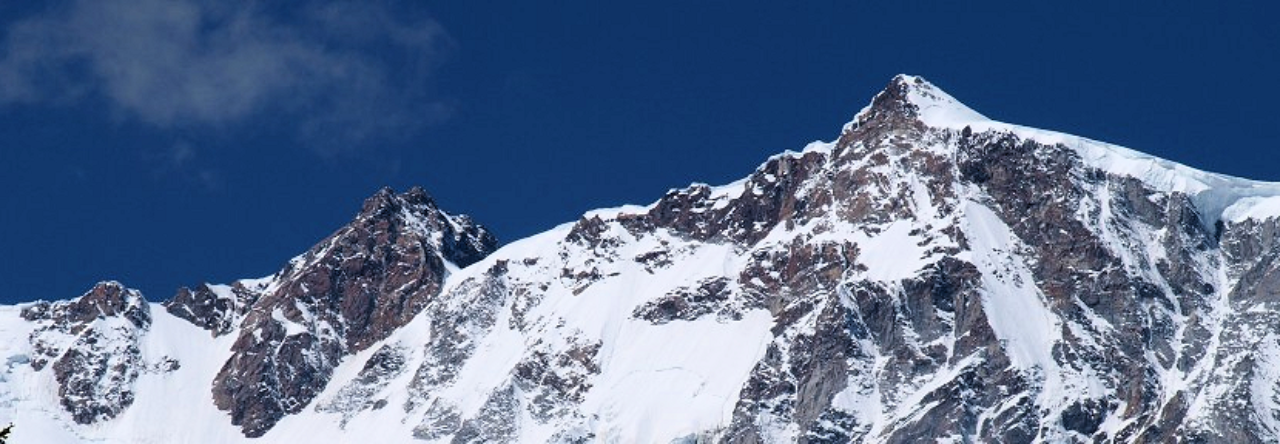This page is intended to be a simple introduction to try and help you get better photographs of your amateur radio activities, known to be a less than easy subject to photograph!
If you are unfamiliar with basic photographic techniques please read Take Better Pictures first. You will probably have to indulge in a bit of image processing so if you don’t have specialist software try my guide to Simple Image Editing.
Antennas
These are very difficult to photograph, even with a professional camera, because their components are small in comparison with the very bright sky. You might be able to get some shots showing them in context but you may have more success taking pictures more close-up to the components. A silhouette style normally works well (Photo A):

You may also like to try taking pictures during the golden hours either side of dusk and dawn where you may be able to achieve a very effective silhouette where the antenna is rendered black against the glow of the sky.
Equipment
Straight on shots can be boring, try something a bit different – Photo B for example. Think about what you want to show and compose your image to emphasise that, but note in this one the point of focus is not on the 1/3 lines (see Rule of Thirds in my basic techniques article) but dead centre!
People and group pictures

Try to make the composition interesting – maybe have groups standing in an arc rather than a straight line, make sure their heights are composed with tallest people in the middle or at the rear.
Check the lighting – some interiors are too gloomy for effective images or paint colours can introduce a pronounced colour cast – yellow or cream being the usual culprit. Make sure your camera white balance is set properly for the conditions. Auto is good but it can easily be fooled by mixed lighting.
Flash – you may have to use it but beware of direct flash too close to your subject – it’s very harsh.
If the lighting is decidedly directional try using a reflector – white card is fine – to throw some light back onto the side of your subject that’s in shadow, but keep it out of the picture…
Where people’s faces are in close up it’s essential that your point of focus is on their eye nearest to the camera, as that is where the viewers eyesight is naturally drawn. Try to use natural daylight from a window, and often a slightly oblique pose will work the best.
Don’t forget the old classic – your subjects need to smile! Not a cheesy grin, but a natural gentle smile.
Publishing your pictures
For photos that you wish to send to the RSGB Radcom magazine http://rsgb.org/main/publications-archives/radcom/information-deadlines/photographs-for-radcom-and-the-website/ contains a wealth of detailed advice on how to get the best pictures and the requirements.
Last but not least
Have fun with amateur radio and your camera! You may even want to share some pictures on SSTV or FSTV?
